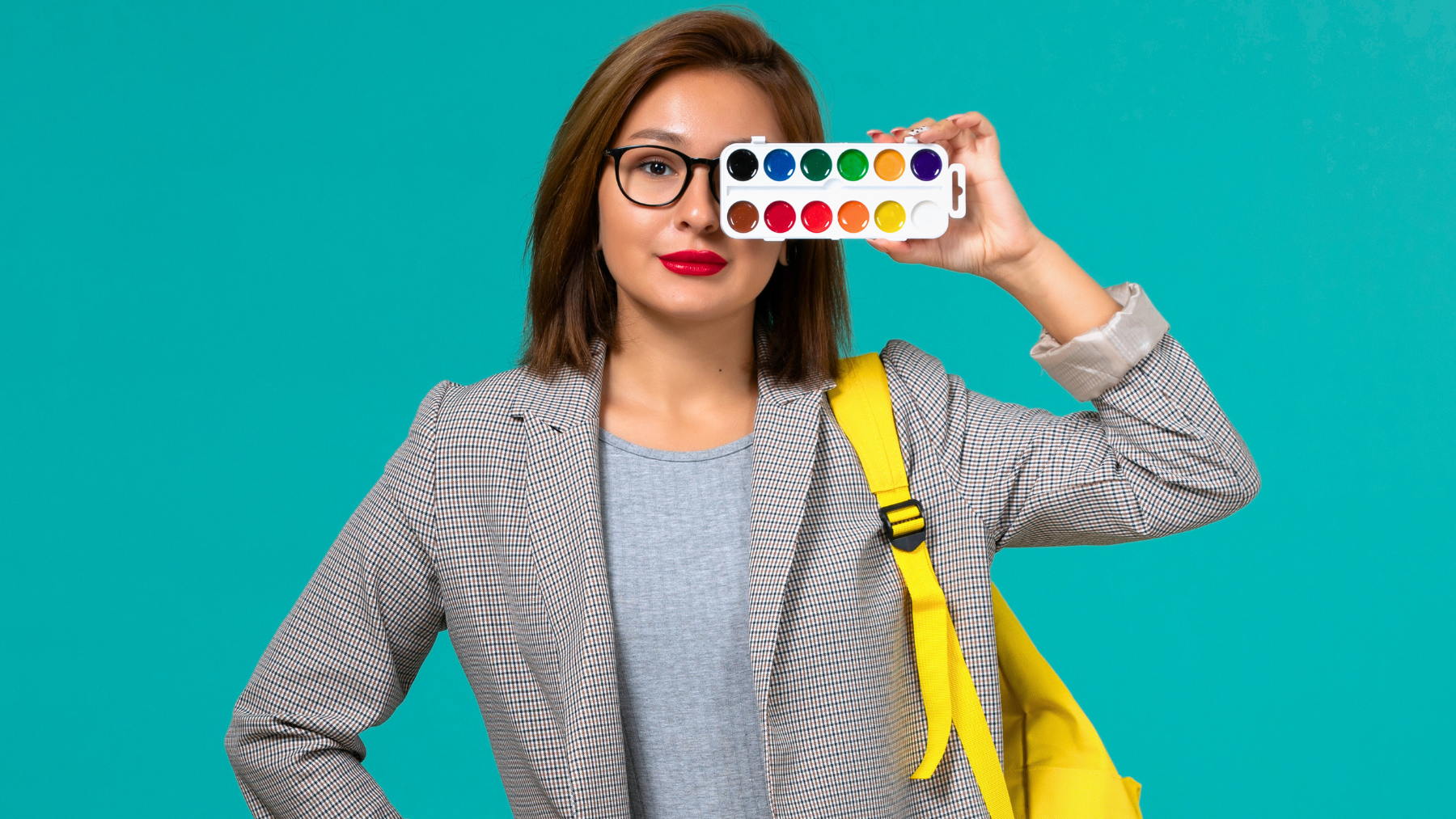Many people assume that color is merely an aesthetic consideration. However, psychological research reveals that the hues we choose to wear or display carry significant implications for our personality. Even subtle details, such as a specific color preference, can influence how others perceive our intelligence and confidence.
In the following sections, we’ll explore the connection between color and perception by examining how everyday decisions—such as choosing a blue shirt for a job interview or opting for a white background in an office—impact opinions of intelligence and professionalism. We’ll provide examples and explain how various hues function in daily situations, with insights from color psychology and behavioral research.
The colors chosen by the smartest people
Companies, schools, and professional environments strategically utilize colors to convey messages about professionalism, clarity, and creativity. In fact, selecting the appropriate hue can boost self-confidence when interacting with others or presenting ideas. Let’s examine expert insights on several key colors and their psychological effects.
Blue
Blue tops the list when it comes to evoking an intelligent image. This hue is widely associated with calmness, focus, and reliability. Numerous major corporations and technology companies incorporate blue into their branding to communicate trustworthiness. Wearing blue can help you remain composed under pressure, sending a clear signal that you are logical and in control. Whether you choose a navy suit for an important interview or a light blue accessory for a casual meet-up, blue consistently conveys confidence and competence.
White
White is another favored option, symbolizing clarity, simplicity, and precision. A white shirt or an uncluttered white background in a workspace can elevate perceptions of orderliness and thoughtfulness. White embodies a mindset that values neatness, transparency, and methodological reasoning. In environments where clear thinking is paramount—such as healthcare, education, and legal professions—white is often the color of choice. It contributes to a refined professional appearance and reinforces an image of focus and meticulousness.
Black
Black exudes sophisticated elegance and is commonly associated with strength, authority, and decisive action. In corporate settings, a well-tailored black outfit reflects power and maturity while maintaining a subtle and refined presence. Although it’s adaptable to various style preferences, black typically communicates that you’re mature, strategic, and committed to your work.
A note on other colors
It’s important to note that certain shades may not evoke the same perception of intelligence in formal or professional contexts. For example, vibrant red can sometimes seem overly aggressive or confrontational, while yellow may appear distracting or excessively casual. Although gray is considered neutral, it can occasionally signal a lack of innovation, and brown, while conveying warmth, might also be associated with a conventional or rigid mindset. When aiming to project a sharp and innovative image, these colors are often best reserved for less formal occasions.
Every color communicates a distinct message, and your choices in clothing, accessories, and design elements can significantly influence how others perceive your intelligence and professionalism. Blue, white, and black promote qualities like confidence, clarity, and reliability and those seeking to project a smart image can use them to create a favorable impression. Whether you’re attending an important interview, leading a team meeting, or simply enjoying a casual coffee break, remember that your color choices can shape and enhance how others see you.

